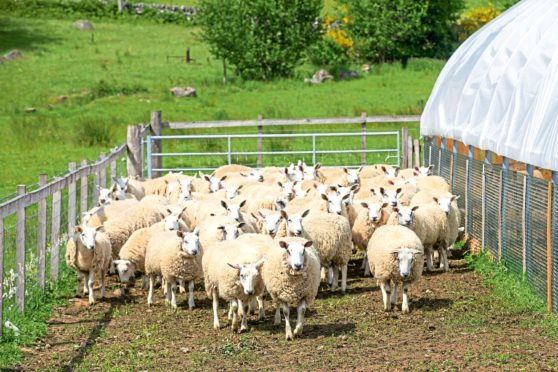Two new disease monitoring schemes have been launched to help sheep farmers improve the health of their flocks.
The schemes, run by Scotland’s Rural College (SRUC) to sit alongside its Premium Sheep and Goat Health Schemes (PSGHS) accreditation programme, will monitor maedi visna (MV) and Johne’s disease.
Participation will require farmers and crofters to carry out annual testing of three main groups for each separately managed flock.
These are: targeted testing of high-risk adult animals – either 12 or 20 depending on the flock size; testing of rams; and testing of a proportion of additional animals which are regarded as having a lower health status.
Testing, which must be carried out by the farm’s vet, can be done at any time of year, however producers are asked to allow six weeks before animals are sold to give plenty of time to arrange sampling, testing and reporting.
“We hope that this new scheme will appeal particularly to commercial producers of female breeding stock who want to reassure buyers that they take these diseases seriously, and are working hard to reduce the risk of spreading disease,” said Dave Wilson, PSGHS veterinary manager at SRUC.
He said membership of the schemes will also require an annual appraisal of a farm’s biosecurity status, which involves working through a biosecurity guidance checklist with the farm vet.
A health status report for a monitored flock will be awarded annually and it will record the number of years the flock has been monitored.
National Sheep Association chief executive Phil Stocker encouraged sheep producers to make use of the schemes and said: “These new monitoring schemes can offer a method of increasing productivity through identifying sheep that could cause further losses and reduce the efficiency of the flock, something that all farmers will need to be aiming towards as changes to policy and support schemes place emphasis on high welfare efficient production methods.”
